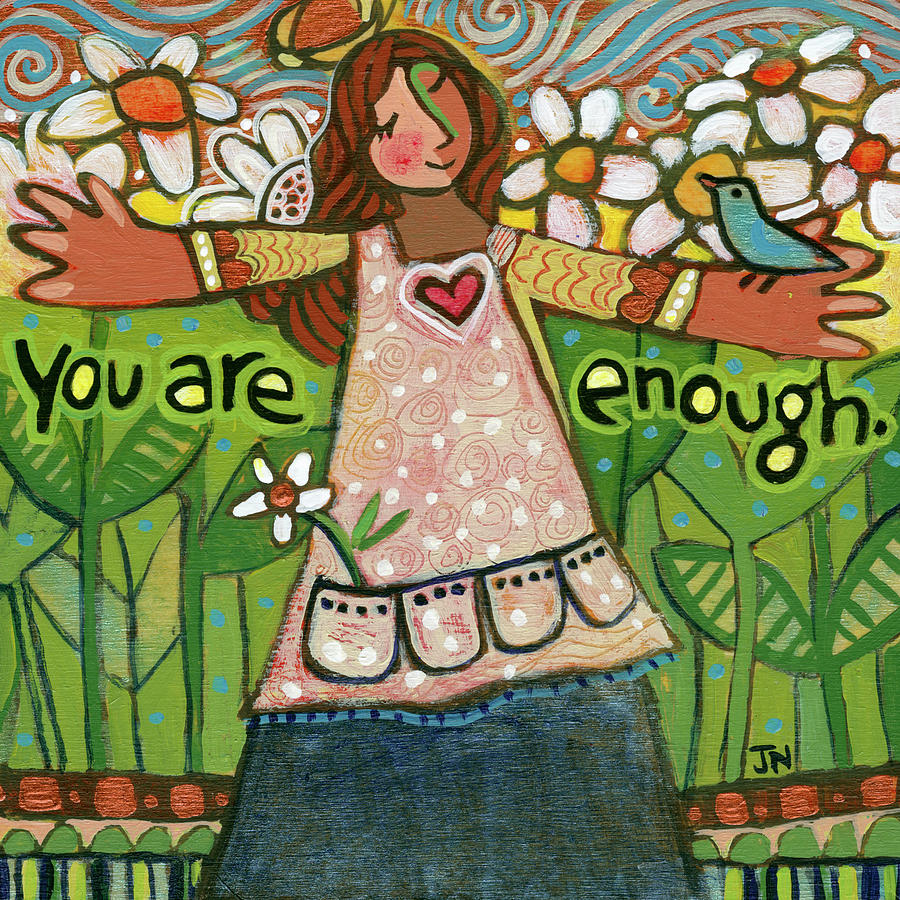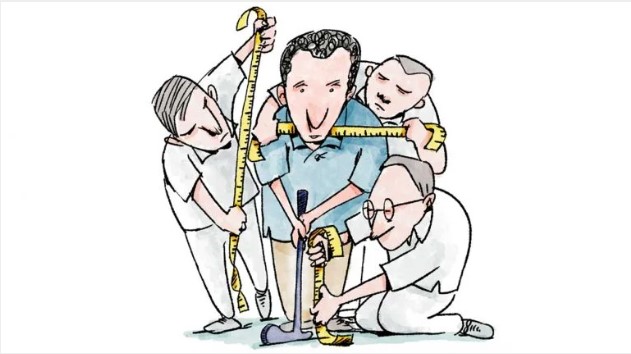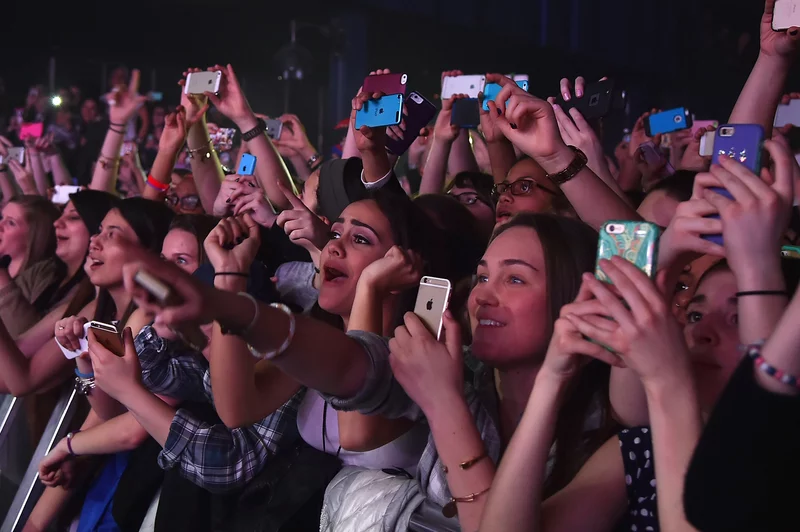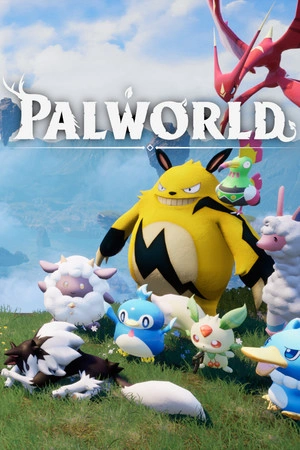
The game industry has always been a place where creativity and character design are celebrated. Originality is what garners players and success, after all. However, in this modern era where it’s hard for small developers to make it big, it’s only natural that copycats have become the norm.
Recently, there’s been a buzz online circulating around the new (and unexpectedly) top-charting game “Palworld”. Developed by indie developer Pocketpair, this monster-catching survival game combines elements of simulation, crafting and multiplayer gameplay in an open-world environment. As a result of this versatility, Palworld’s reviews skyrocketed immediately upon its release, at one point surpassing two million concurrent players on Steam.
However, as an artist, I’ve found myself unable to root for this game’s success. This is because of the deep controversy that quickly shrouded “Palworld” — widespread accusations of plagiarism and blatant design theft.
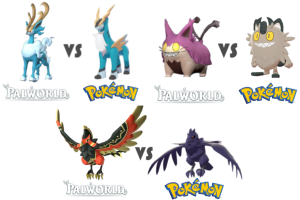
Many players and industry observers have pointed out striking resemblances between Palworld’s creature designs and those from the iconic Pokémon franchise. Looking at a side by side comparison of creatures from both games, it’s clear to see that a significant amount of “Palworld’s” designs are blatant imitations of Nintendo’s Pokémon designs. It goes so far that even the movements of some of these “Pals” are rigged to look almost exactly like how their Pokémon counterparts are animated.
“This looks like the usual ripoff nonsense that I would see a thousand times a year” reported Don McGowan, the former Chief Legal Officer of “Pokémon”, to Game File. “I’m just surprised it got this far.”

Not to mention that Palworld developer Pocketpair has had a long history of ripping off other games. A prime example is Craftopia, their most popular game prior to the release of “Palworld”, which is a very clear copy of Nintendo’s “The Legend of Zelda: Breath of the Wild” mixed with some elements from “Genshin Impact.”
In an interview with WIRED Japan, Takuro Mizobe even stated that: “When it comes to making games, Nintendo has a strong philosophy of creating new and unique games with high quality… On the other hand, I have a deep-rooted desire for my work to be enjoyed by as many people as possible, so if there are good ideas out there, I pick them up and I don’t necessarily have to be particular about originality.”
Mizobe’s statement perfectly reflects a major problem with plagiarism in the game industry — it damages reputations and ruins potential. While the concept of a lot of “rip-off” games can actually be really creative and original, Palworld being a prime example, the blatant design theft severely undermines their integrity. Without this aspect, games like “Palworld” could have easily been entirely original creations, thereby avoiding any backlash from fans. So, why do developers still plagiarize?
Struggling to become mainstream, smaller developers often resort to copying popular games in order to draw in an existing fanbase and achieve success — and honestly, I can’t blame them. After all, who cares about originality if their game stays unnoticed? The attention garnered, even if it’s negative, from replicating the visuals of other, more popular games helps to propel these smaller games into the spotlight and give indie developers a better chance of success.
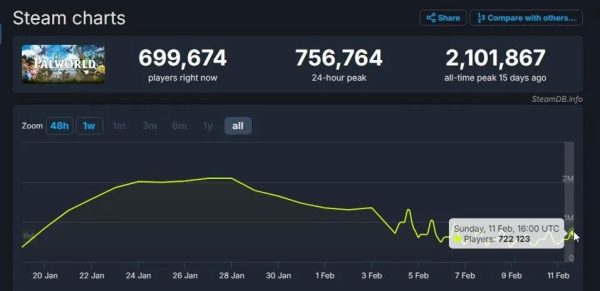
This exposure, however, is extremely short-term. This is evident by looking at “Palworld’s” recent activity charts, which show that the game has already lost 1.5 million players within its first month of release; around 70 percent of its player base.
So, what is to come of this situation? While many are hoping that Nintendo sues the game for copyright infringement, Pocketpair has claimed to have already been cleared from any legal review. Even so, I don’t think that such drastic measures are necessary. Looking past the controversies, Palworld really struck a chord with fans, offering something fresh and exciting to the monster-catching game genre. However, just as it’s unacceptable in school, plagiarism shouldn’t be tolerated in the real world either. I believe that game developers should be held to the same high standard as students, creating an environment where creativity and originality are encouraged and valued. By doing so, genuine creativity can thrive, ensuring that innovative ideas receive the recognition they rightfully deserve.

